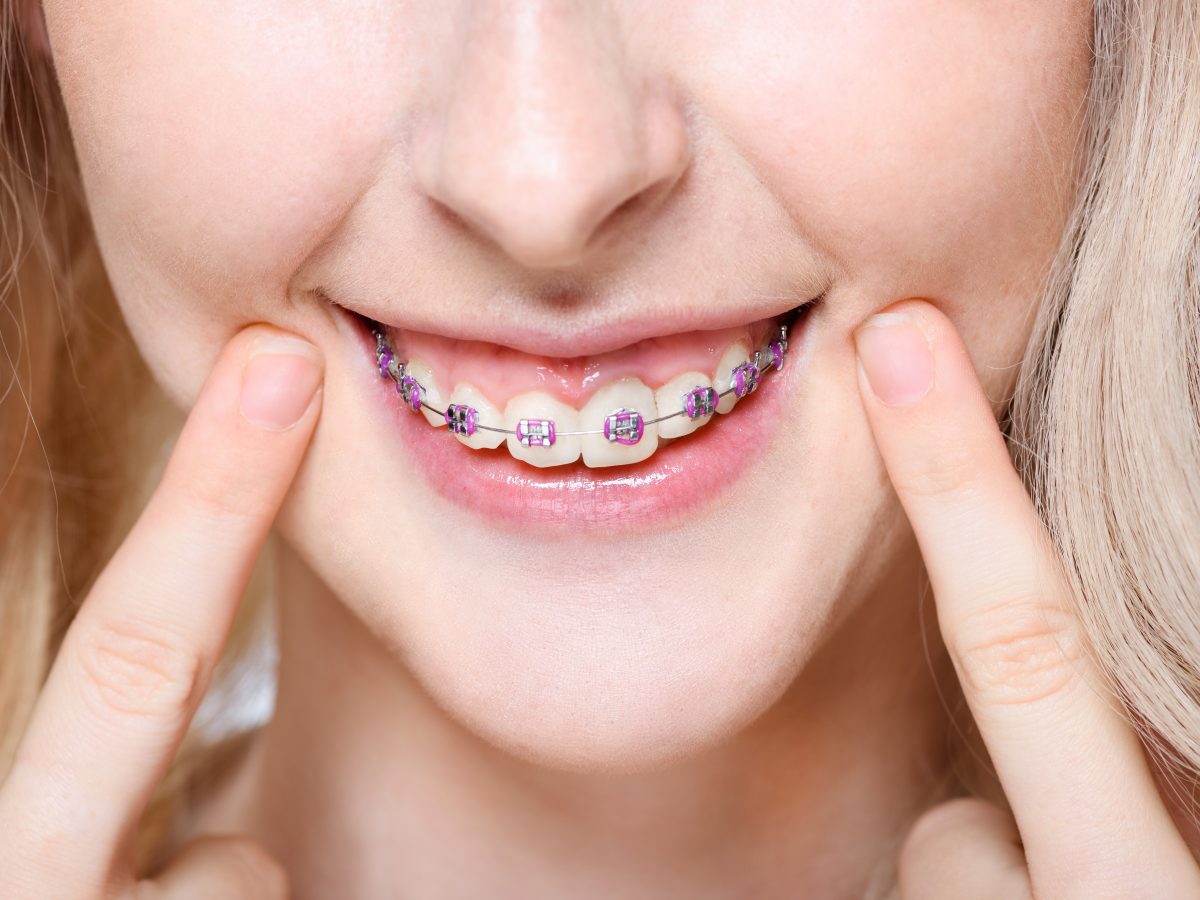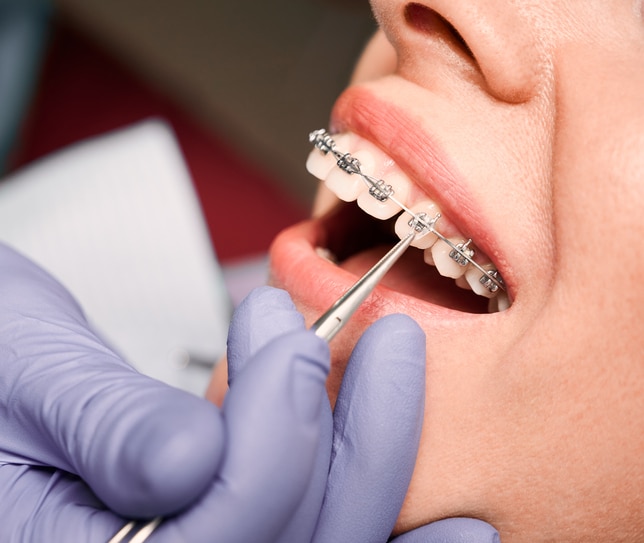Comprehensive Guide to Orthodontics Treatments for Correcting Oral Imbalances
In the world of orthodontics, the trip to accomplishing a flawlessly aligned smile includes a myriad of treatments customized to deal with oral imbalances. From conventional dental braces to invisible aligners and even surgical alternatives, the area of orthodontics offers a variety of solutions to deal with differing degrees of dental abnormalities. Recognizing the complexities of each treatment, including their mechanisms, advantages, and possible drawbacks, is critical in making informed decisions regarding one's orthodontic therapy. As we browse with the comprehensive guide to orthodontic treatments for dealing with dental imbalances, the elaborate details of each technique will certainly unravel, losing light on the course towards a functional and harmonious dental positioning.
Orthodontic Procedures Introduction

Along with traditional braces and clear aligners, orthodontists may also advise other treatments like headgear, palatal expanders, or retainers to deal with specific placement problems (cumming orthodontics). These treatments are tailored to every client's unique requirements and may involve a mix of treatments to achieve the desired outcomes. Regular modifications and monitoring are critical parts of orthodontic therapy to guarantee progression is on track and to make any kind of necessary adjustments along the road. By going through orthodontic treatments, patients can not only attain a straighter grin however also improve their overall dental health and wellness and feature.
Traditional Braces: How They Work
When taking into consideration orthodontic treatments for dental misalignments, typical dental braces stick out as a tried and true method for remedying teeth placing. Conventional dental braces are composed of brackets, cords, and bands that collaborate to apply continuous stress on the teeth, progressively moving them right into the preferred alignment. The brackets are connected to the teeth making use of a special adhesive, and the wires are threaded via the brackets. By readjusting the tension of the cords, orthodontists can manage the direction and pressure related to each tooth, guiding them right into appropriate alignment with time.
As stress is used to the teeth with the dental braces, the bone surrounding the teeth is reshaped to support the new tooth settings. Individuals will require normal changes at the orthodontist's workplace to ensure the braces continue to apply the correct stress for reliable teeth activity.
Unnoticeable Aligners: Pros and Disadvantages
These clear, custom-made trays are basically undetectable when used, making them an attractive option for people seeking a more cosmetically pleasing orthodontic treatment. People can get rid of the aligners before consuming or brushing their teeth, reducing the threat of food getting stuck in the device and streamlining the cleaning procedure.

Surgical Orthodontic Options
Surgical treatments in orthodontics present viable choices for resolving intricate oral misalignments that may not be efficiently solved with standard orthodontic therapies. While invisible aligners and traditional braces can fix several orthodontic issues, certain cases require surgical intervention to achieve optimal outcomes. Surgical orthodontic choices are commonly advised for extreme malocclusions, substantial jaw disparities, and situations where the underlying bone framework needs modification to accomplish appropriate alignment.
One common medical orthodontic treatment is orthognathic surgical treatment, which includes repositioning the view it now jaws to correct functional issues such as problem talking or eating. This surgical treatment is usually carried out in collaboration with an orthodontist who helps align the teeth prior to and after the procedure. Surgical orthodontics may also entail procedures to expose influenced teeth, eliminate excess periodontal cells, or improve the jawbone to develop a much more harmonious face profile.
Prior to thinking about surgical orthodontic choices, patients undergo a comprehensive assessment to figure out the necessity and potential benefits of such treatments. cumming orthodontist. While surgical procedure may appear challenging, it can considerably boost both the function and aesthetic appeals of the smile in cases where traditional orthodontic therapies fail
Retainers and Post-Treatment Treatment

Post-treatment treatment involves complying with the orthodontist's guidelines carefully. This might include appropriate dental hygiene methods, participating in follow-up appointments, and using the retainers as suggested. Failure to adhere to post-treatment care directions can cause relapse, where the teeth slowly relocate back towards their original settings. Regular retainer wear, excellent dental hygiene, and normal dental examinations are essential for preserving the outcomes attained via orthodontic surgical procedure and guaranteeing the lasting security of the fixed oral placement.
Final Thought
In final thought, orthodontic procedures use different choices for remedying oral imbalances. Standard dental braces utilize metal brackets and wires to shift teeth right into appropriate positioning. Invisible aligners offer a more discreet choice however may not appropriate for all instances. Surgical orthodontic choices are available for more serious misalignments. Retainers are commonly made use of post-treatment to preserve the new placement. Generally, orthodontic procedures can effectively boost oral wellness and aesthetic look.
As we navigate via the detailed overview to orthodontic procedures for dealing with dental imbalances, the elaborate details of each approach will unravel, losing light on the path toward a functional and unified oral positioning. - cumming orthodontics
One of the most common orthodontic treatments is the usage of dental braces, which are composed of metal brackets and cables that use gentle pressure to progressively shift teeth into the wanted placement.When considering orthodontic therapies for dental misalignments, conventional dental braces stand out as a tried and true technique for dealing with teeth positioning. Furthermore, invisible aligners may not be appropriate for intricate orthodontic concerns that require more significant teeth motion, as they are typically recommended for mild to moderate situations. try these out Retainers are personalized orthodontic devices developed to hold teeth in their fixed positions after the completion of orthodontic treatment.